


PhD student Haley Plaas worked with Chowan-Edenton Environmental Group to sample a recent bloom on the Chowan River. Big thanks to this local community science group!
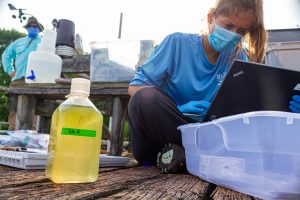
Haley sampling the Chowan River during her fellowship work with @seagrantNC. Notice the coloring of the water sample! (Twitter: @HABhaley)
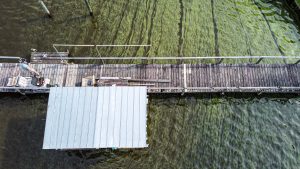
Aerial image of the Chowan River sampling site. I am seeing a lot of green!
Photo credit: Abe Loven
Twitter: @AbeLoven
LinkedIn: www.linkedin.com/in/abe-loven
PhD student Malcolm Barnard was sampling a bloom on the Chowan River this morning. Check out his photos as well as the latest LANDSAT image of the bloom.

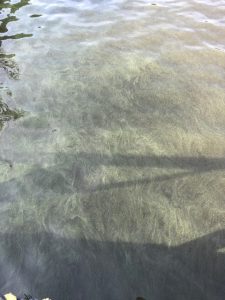
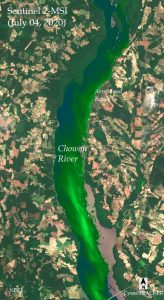
Photo credit: CyanoTRACKER
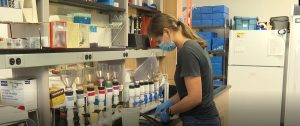
Take a few minutes to watch, PhD student Haley Plaas (ESE) totally nailed her first tv interview!



Dr. Paerl and PhD student Malcolm Barnard have collaborated on a paper that was published in Harmful Algae! Click the link to read their paper.
Dr. Hans Paerl talks with the Coastal Review Online for the third part of their climate change series to discuss the ‘new abnormal’ of wetter and more frequent tropical cyclones impacting us. Click the link above to read the full article.

© 2024 The Paerl Lab
Theme by Anders Noren — Up ↑